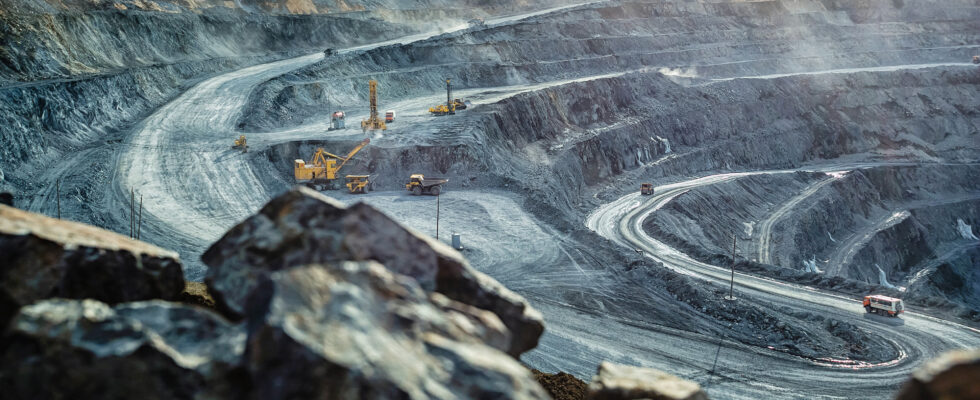The Pyhäsalmi mine, located in northern Finland, will soon be home to a gigantic gravity battery. A major project which will give a second life to this exploitation, the deepest in Europe, closed since 2022.
450 km north of Helsinki, the Pyhäsalmi mine is preparing to be converted. A former copper and zinc mining site, it stretches down to 1,444 m underground. An ideal configuration to accommodate this gravity battery project, which will be deployed by a company specializing in energy storage: Gravitricity. While some batteries are capable of using CO2 To store energy, gravity batteries use gravitational and kinetic energy.
Innovative technology
Gravitricity will therefore install this battery in an auxiliary shaft of the mine, 530 meters deep. In theory, it will be able to reach a storage capacity of 2 MWh, the equivalent energy to provide 27 to 40 charges of a car like the Tesla Model 3. Gravitricity CEO Martin Wright explained to the Scottish daily The Herald : “ This project will demonstrate at scale how our technology can deliver reliable, long-duration energy storage, capable of capturing and storing energy during periods of low demand and quickly releasing it when needed “.
How does a gravity battery work? It actually uses excess energy, mostly from renewable sources, to lift a massive weight. When lifting, the battery stores energy. When this is released and descends (hence the importance of depth in this context), it transforms potential energy into kinetic energy, which is then converted into electricity. Quite clever!
Potential of this technology and overall contribution
Gravitricity has entered into an agreement with Callio Pyhäjärvi, a project aimed at reusing the space of the Pyhäjärvi mine by hosting different innovative initiatives. This will allow the company to develop a first prototype, although no date is known at this time. No information has filtered either on the construction of additional batteries in the mine if the prototype works as planned. Wright nevertheless emphasized that “ this large-scale project will pave the way for other commercial projects and enable our solution to be integrated into mine closure activities, providing a potential future for mines reaching the end of their initial lifespan “.
According to estimates by some researchers, harnessing gravitational force in this way in abandoned mines on a planetary scale could allow storage of up to 70 TWh on a global scale. In the United States alone, there are as many as half a million abandoned mines, so the potential for this form of energy storage is truly exciting.
Sources: The Register, Callio

9